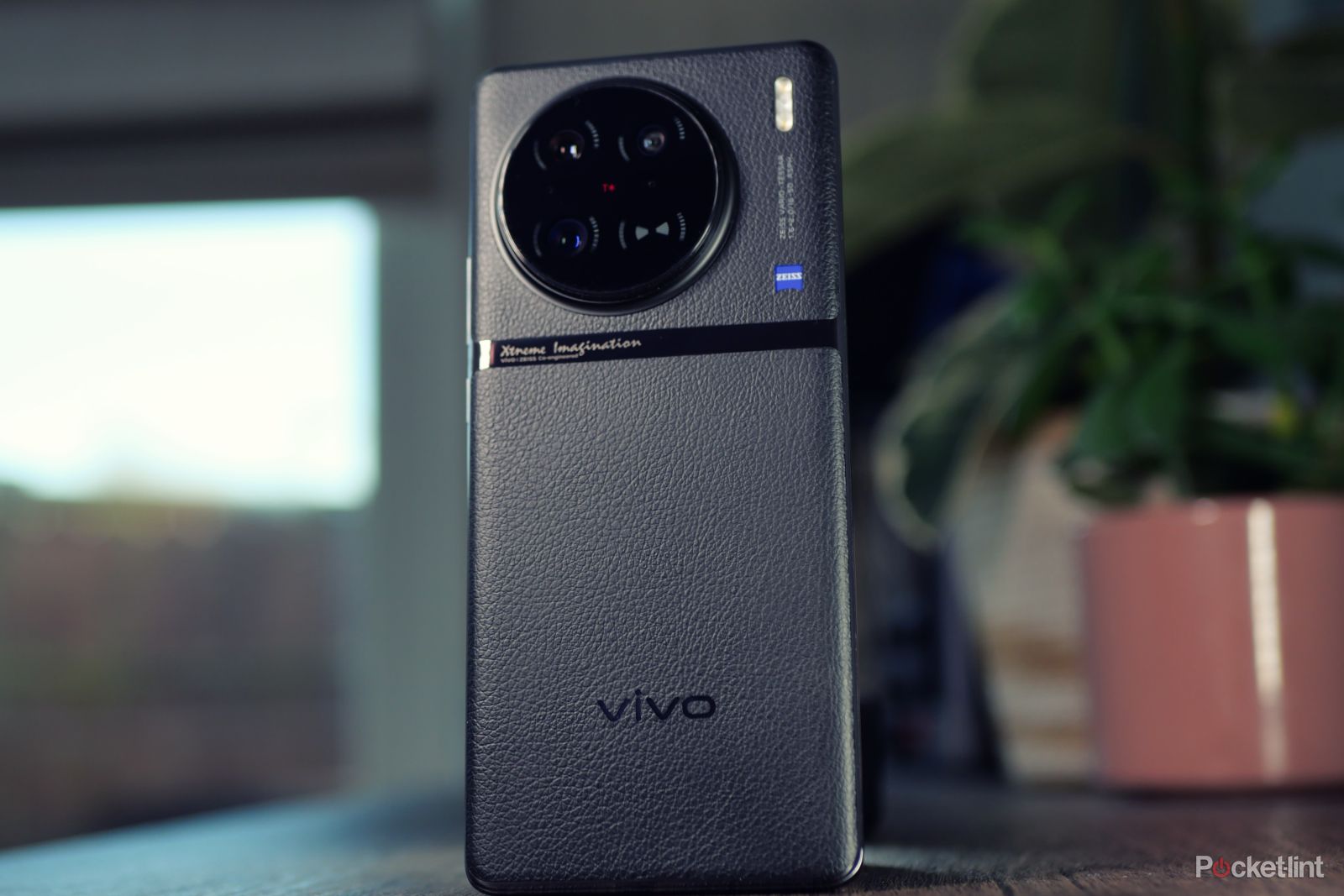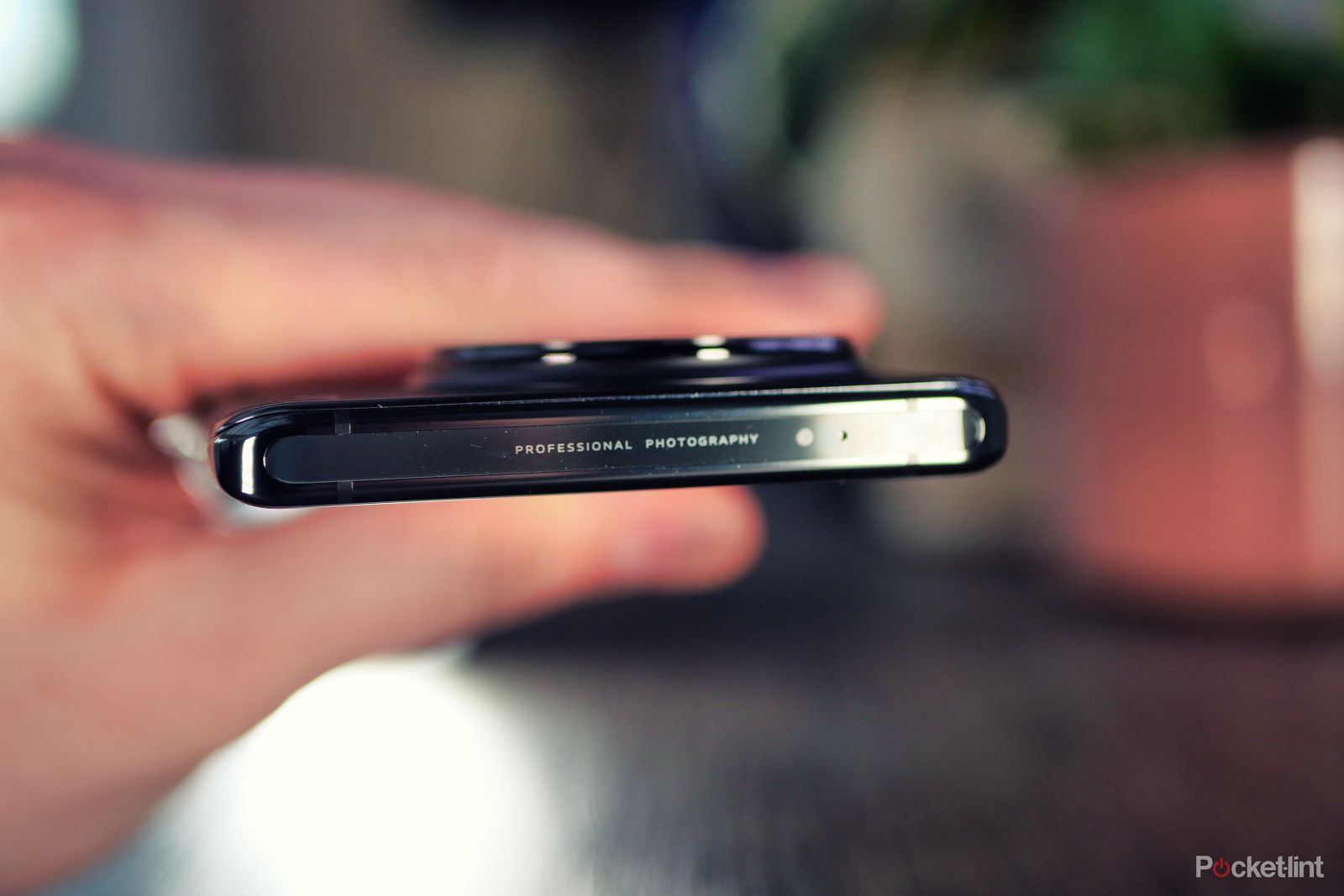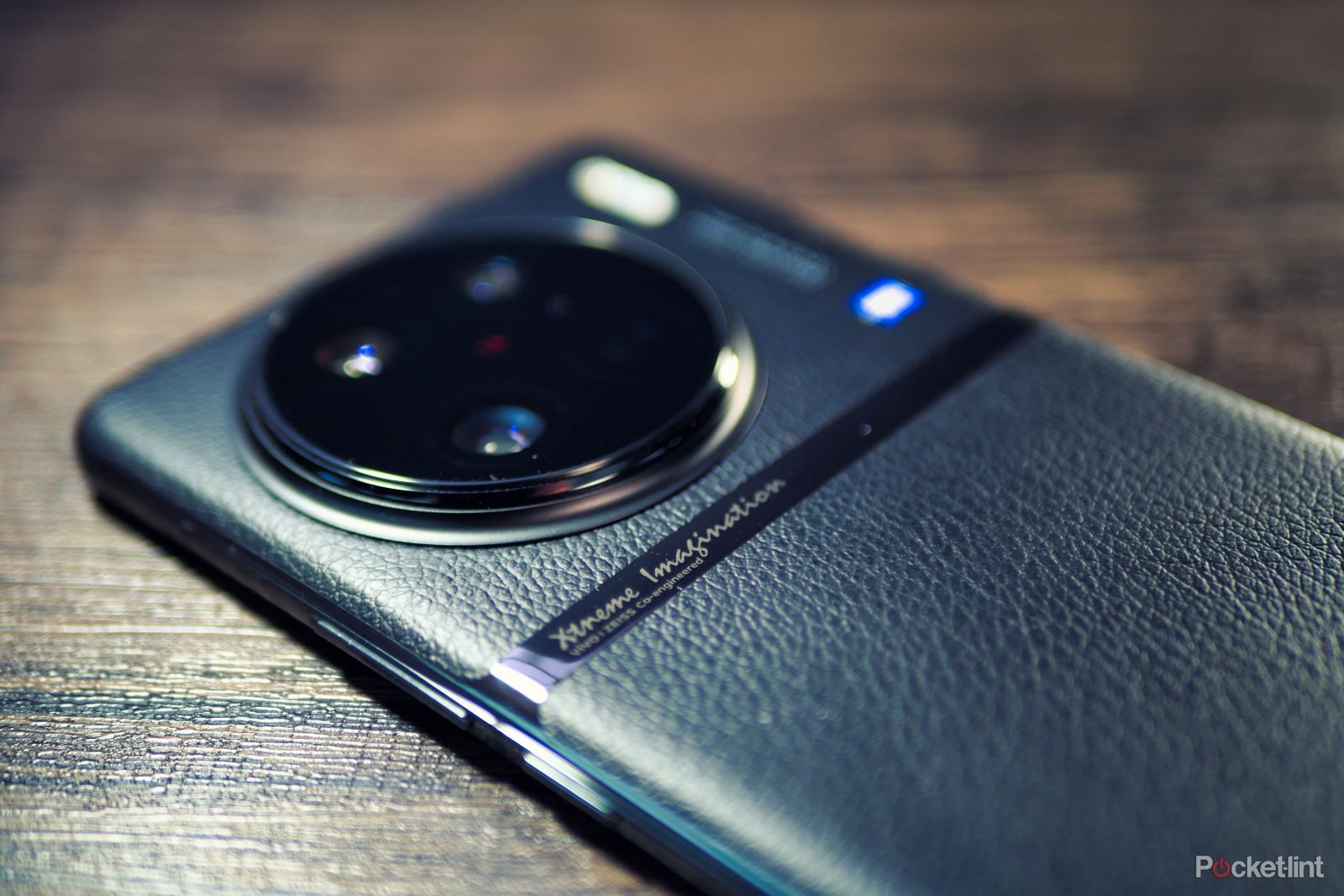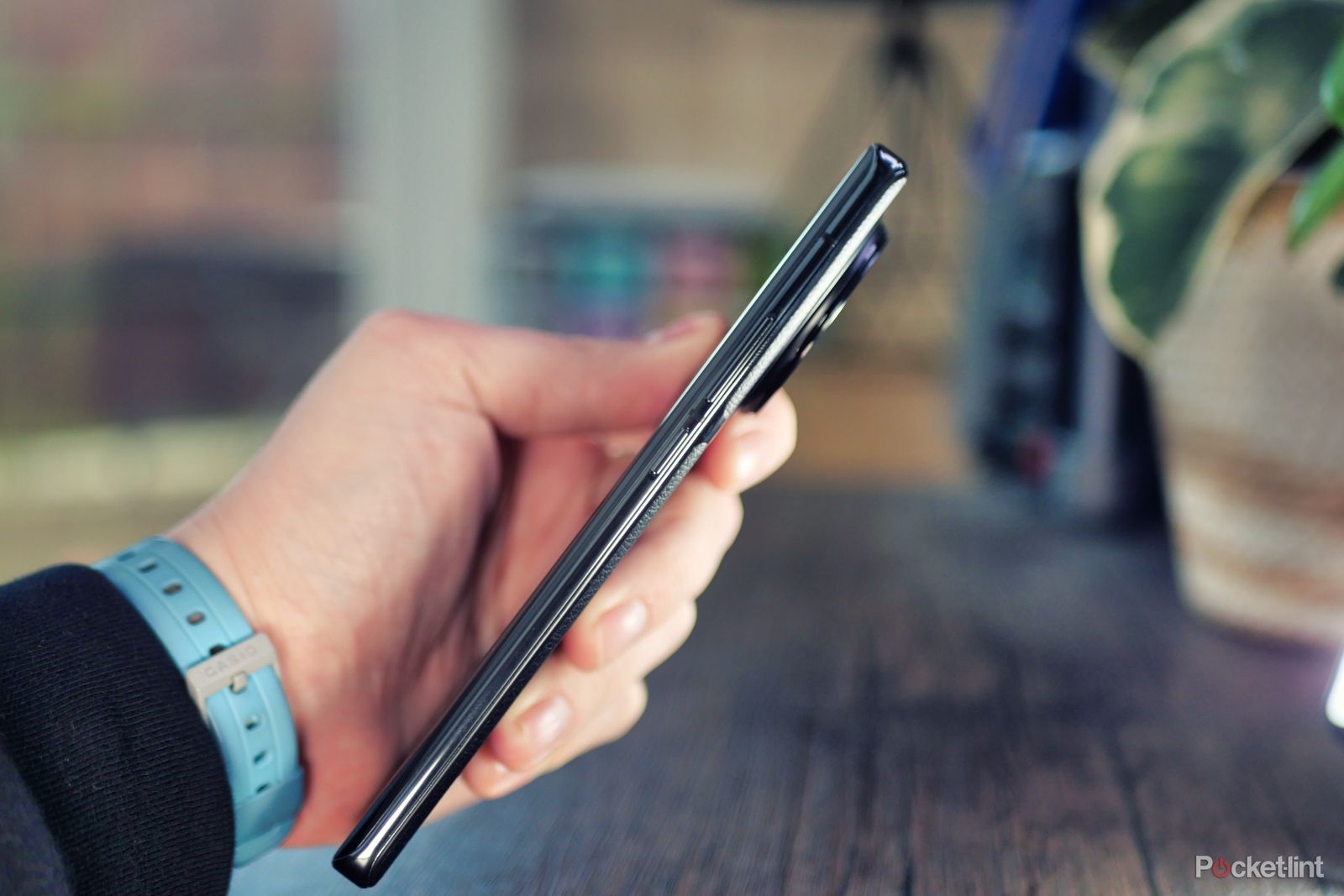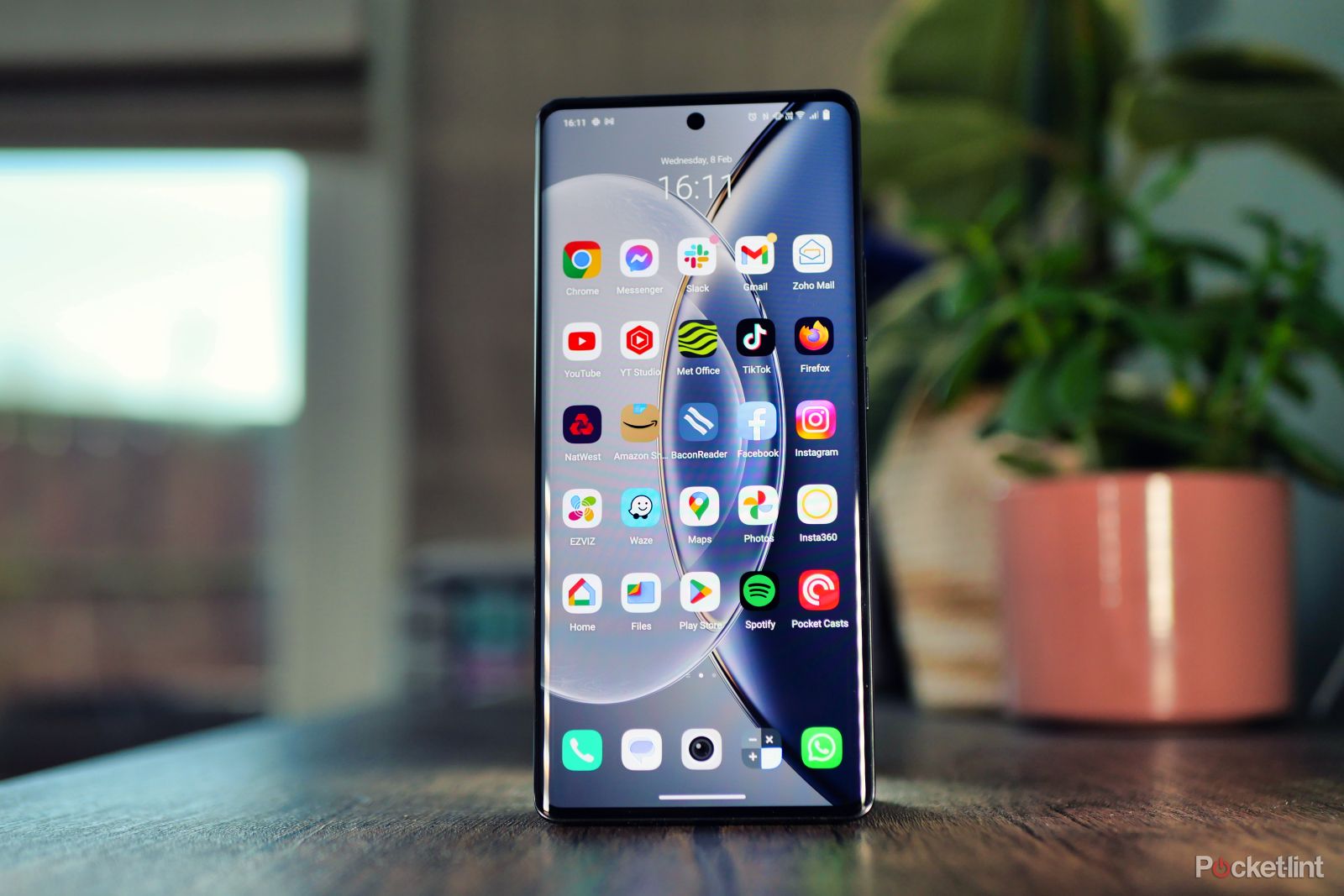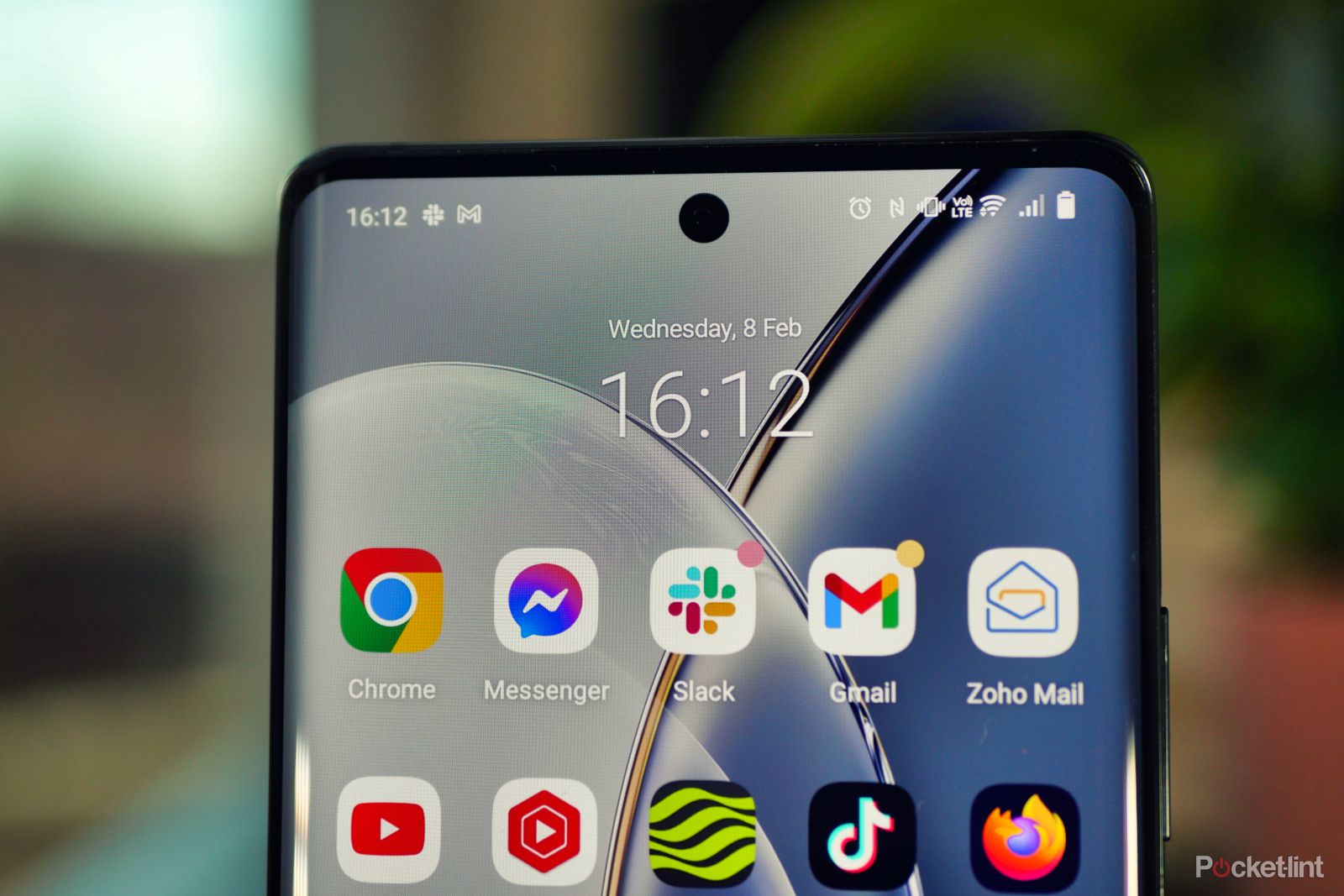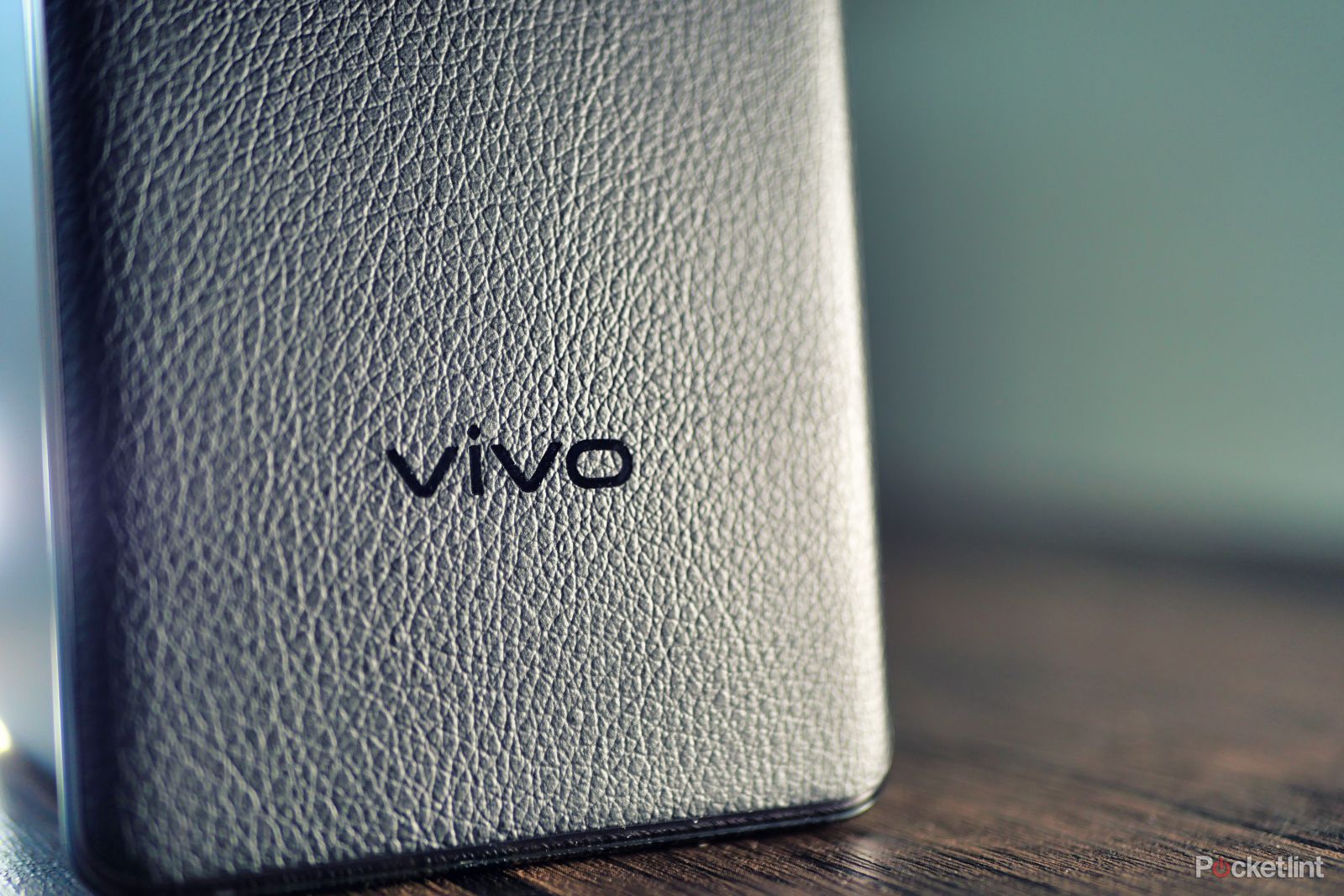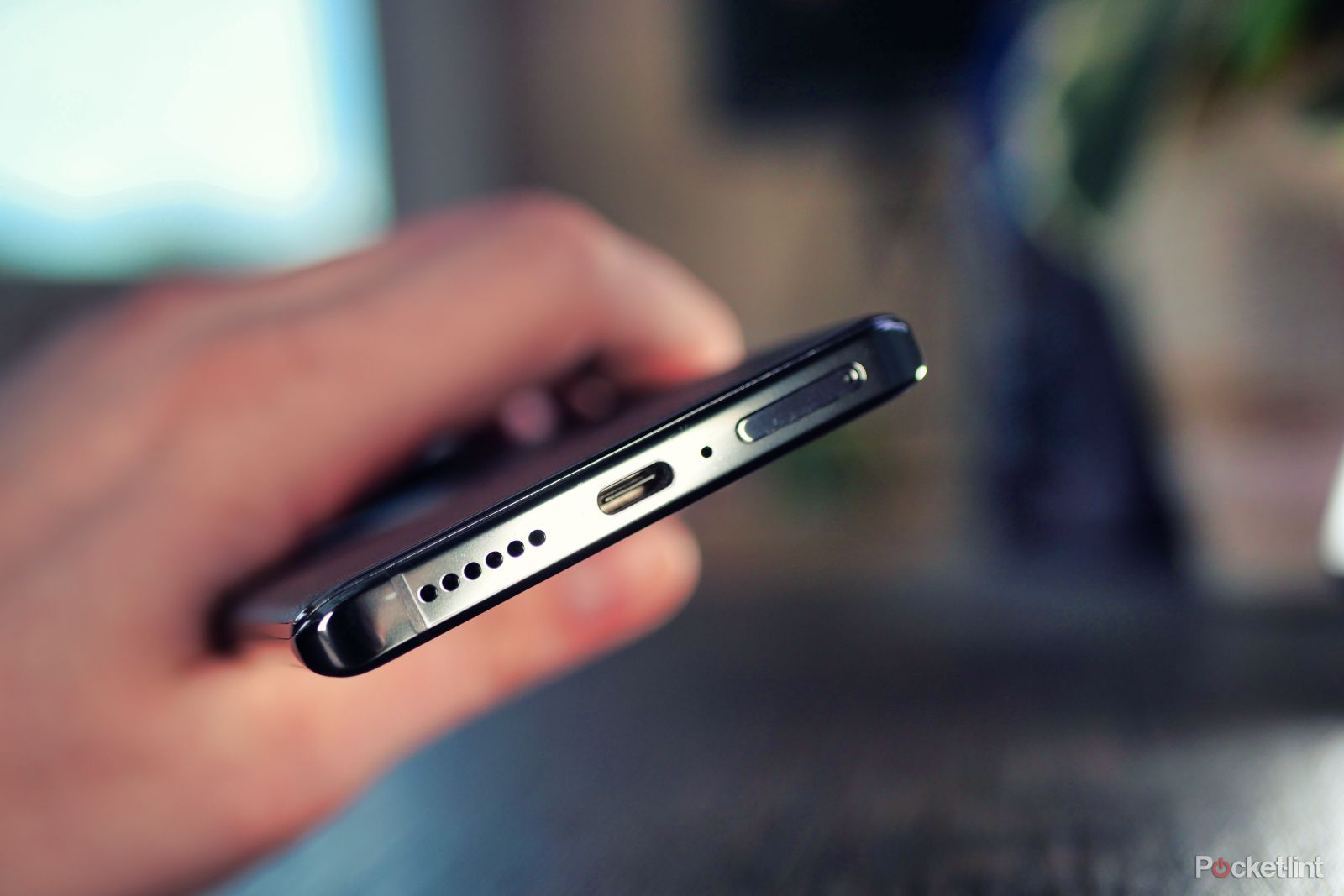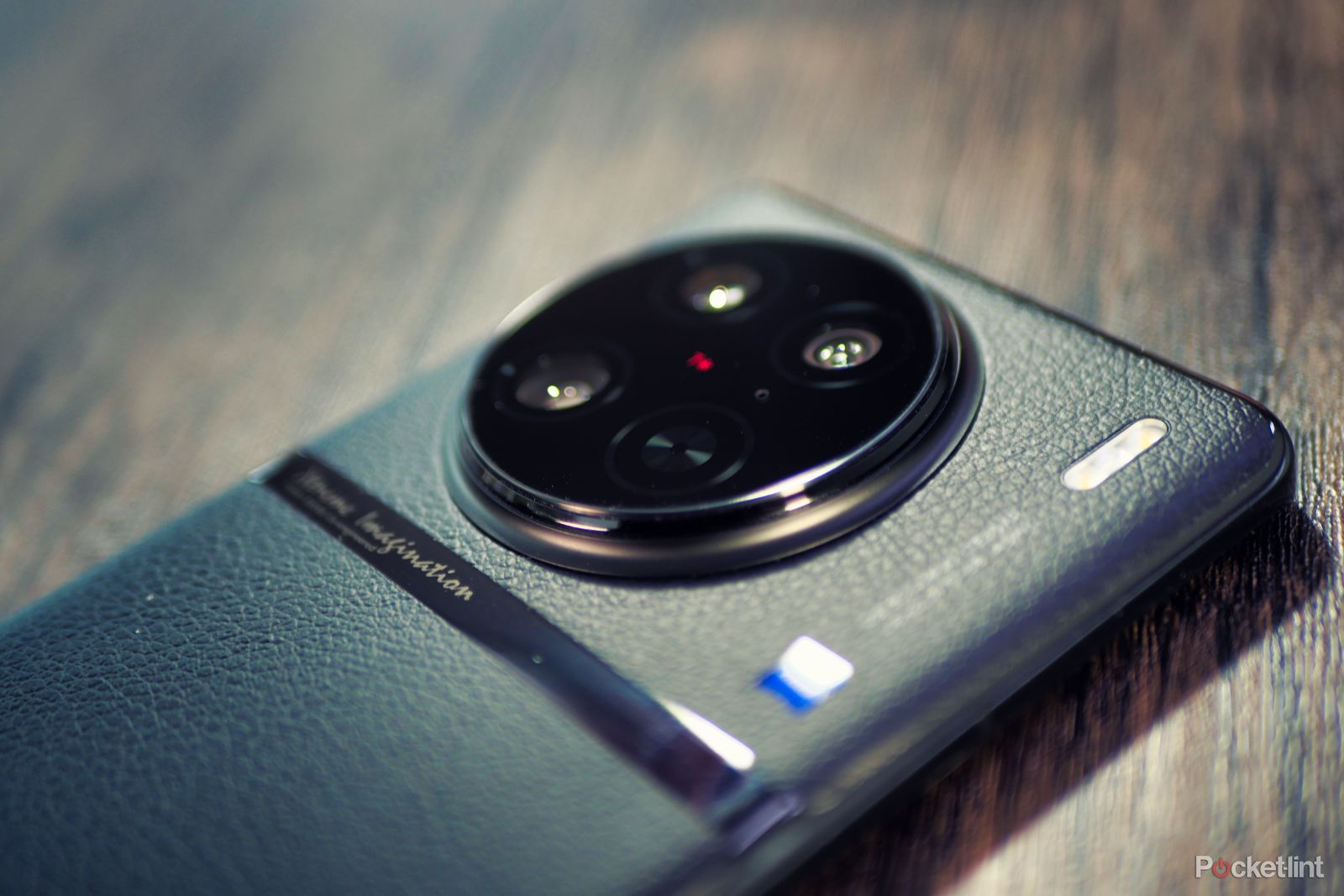Vivo's photography-focused flagship is finally making its way overseas after launching in China in November last year.
In Europe, we're only getting access to the Vivo X90 Pro, which sits in the middle of the X90 lineup, beneath the China-exclusive X90 Pro+.
However, the defining feature, Sony's 1-inch sensor-touting IMX989 camera module with Zeiss optics, is present here. Meaning it could be one of the most impressive smartphone cameras ever to grace our desks.
The rest of the phone's specifications are impressive too, and it's looking like the X90 Pro could be the cameraphone to beat in 2023. We've been living with it for the last week or so, and here's how it performs in the real world.
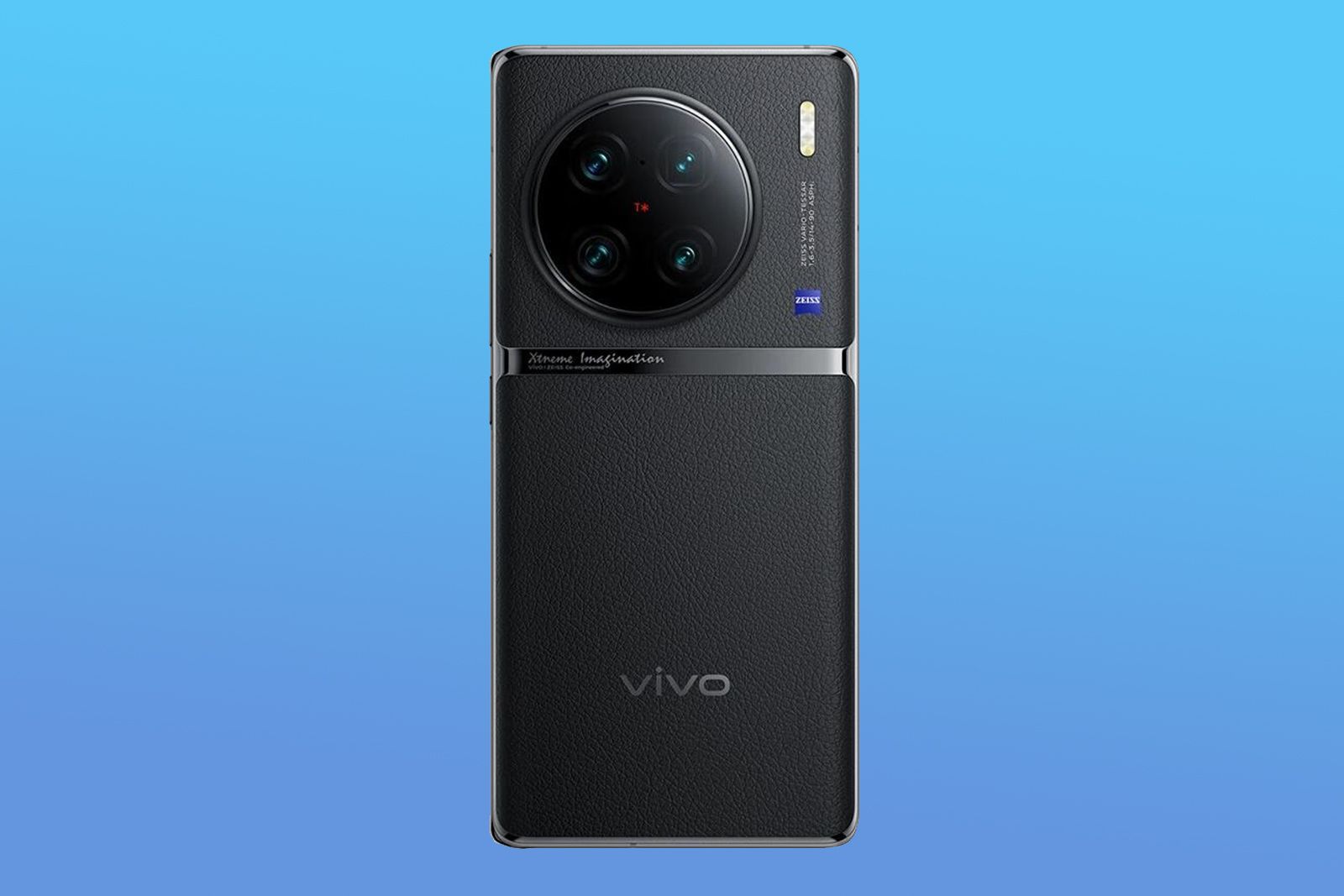
Vivo X90 Pro
The Vivo X90 Pro is an excellent phone in almost every aspect, but the camera system shines above all else. If you're into mobile photography, this is an option that shouldn't be ignored.
- Incredible photography
- Speedy performance
- Great battery life and fast charging
- Slick design
- Lots of bloatware
- Could use a longer zoom
Design
- Dimensions: 164.07 × 74.53 × 9.34mm
- Weight: 214.85 grams
- Curved-edge display, Zeiss T* coated camera array
- Black vegan leather finish
The Vivo X90 Pro's design just screams photography. In fact, Vivo has gone so far as to print the words "professional photography" along the top panel, if the gigantic circular camera array and DSLR-inspired vegan leather finish didn't give that impression already.
The phone is fairly slim, but the camera bump is anything but, sticking out around 5mm from the rear panel. The camera array is wide enough that it doesn't rock about too much when sat on your desk, though if it were centrally placed, it'd be even better.
The camera array has a Zeiss T* coated glass finish, just like Sony's high-end camera lenses, and there's a Zeiss logo next to the cameras which advertises this partnership.
The sides of the phone have a dark and shiny metallic finish, and a band of the same material runs across the rear panel. For some reason, Vivo has decided to print the words "Xtreme Imagination" on this band, and we're not too fond of that decision. The phone is otherwise extremely professional-looking and tasteful, this text just takes the tone down a notch - thankfully it's tiny.
The display has curved edges, giving the phone a streamlined and sleek look and feel. It's well implemented here, but we tend to prefer a flat display, especially on a device that's so geared towards photography, as the curved edges introduce reflections and distortion that we find slightly distracting.
The vegan leather back makes the phone very grippy and this made us more confident in using it without a case. You do get a case included in the box, but unfortunately, it's one of the typical cheap transparent TPU cases and we think it ruins the look of the phone. The China-exclusive Pro+ model comes with a vegan leather case that mirrors the look of the naked phone, and we were hoping that would be true of this model, too.
It's a big phone, and not especially lightweight, but it feels good in the hand. We're used to massive flagships at this point, and the only real difference here is the enormous camera bump. We found that the edge of the camera naturally rests on our index finger, giving us a better grip for one-handed use.
Display and speakers
- 6.78-inch 120Hz AMOLED display
- 2800 x 1260 resolution
- 1300 nits peak brightness, HDR10+ certified
- Dual stereo speakers
The display is lovely, and while we're not the biggest fans of curved edges, we must admit that it looks great on this device. It's extremely bright, which is great on sunny days, and the 120Hz refresh rate makes swiping around the operating system look buttery smooth.
For the most part, the colour profile options mirror Vivo's other phones, with Standard, Pro and Bright presets which can all be tweaked to show warmer or cooler colours. This model, however, adds an additional profile called Zeiss Natural Colour.
To our eyes, this looks like a middle ground between Pro and Standard modes. It's more saturated than the Pro mode with a slight shift towards the warmer colours. We don't have the equipment to test how accurate it is, but it looks good, and that's the mode we left it on for the majority of the time.
The speakers are impressive, too. They're not the loudest speakers around, but there's some good stereo separation and a good amount of low-end response. They'll definitely get the job done when you're watching Netflix around the house.
Performance and software
- MediaTek Dimensity 9200
- 12GB LPDDR5X memory and 256GB UFS 4.0 storage
- 4870mAh battery with 120W FlashCharge and 50W wireless charging
- Funtouch OS 13 (based on Android 13)
The Vivo X90 Pro is the first phone that we've tested running on MediaTek's latest flagship chipset, the Dimensity 9200, and it's an impressive debut. Day-to-day usage is snappy, fluid and responsive, and it'll run any game you like at maximum settings without getting too warm.
Compared to Snapdragon 8 Gen 2 handsets, it benchmarks marginally lower, but not by any meaningful degree. In practice, you'd be hard-pressed to tell the difference. We found that the battery doesn't last quite as long as our Snapdragon-powered iQOO 11 but it'll easily get you through the day, and then some.
Anyway, battery life is of little concern when you have 120W charging and 50W wireless charging at your disposal. With the included wall adapter, you can expect to get from flat to 50 per cent in just over eight minutes.
The phone runs Vivo's FunTouch OS, based on Android 13, and so the software experience is roughly the same as the last few Vivo phones that we've tested. Overall, it's not a bad skin, and it has some very useful features, but the amount of pre-installed bloatware is borderline unacceptable. We'd really like to see this tidied up in future FunTouch updates, as it definitely detracts from the premium sheen of this device.
Cameras
- 32MP f/2.45 selfie camera
- 50MP f/1.75 primary (Sony IMX989 1-inch sensor)
- 50MP f/1.6 2x portrait
- 12MP f/2.0 wide-angle
As we've said from the get-go, this phone is all about the cameras, and it's safe to say they do not disappoint. Photos taken on the X90 Pro have a pleasing natural look about them, with a more subtle HDR effect than we're used to seeing on modern flagships, which makes them look a bit more like shots taken on a mirrorless camera.



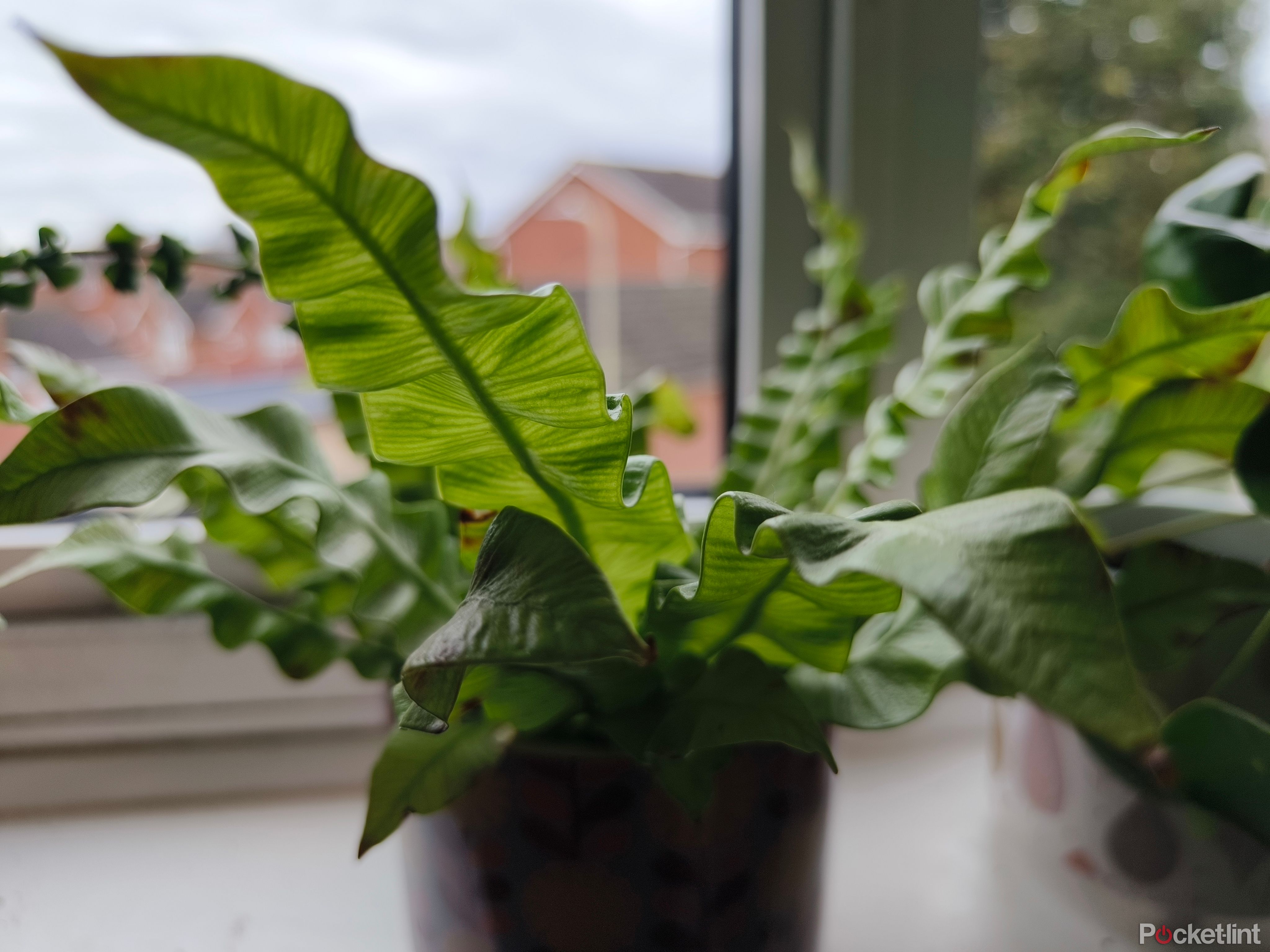
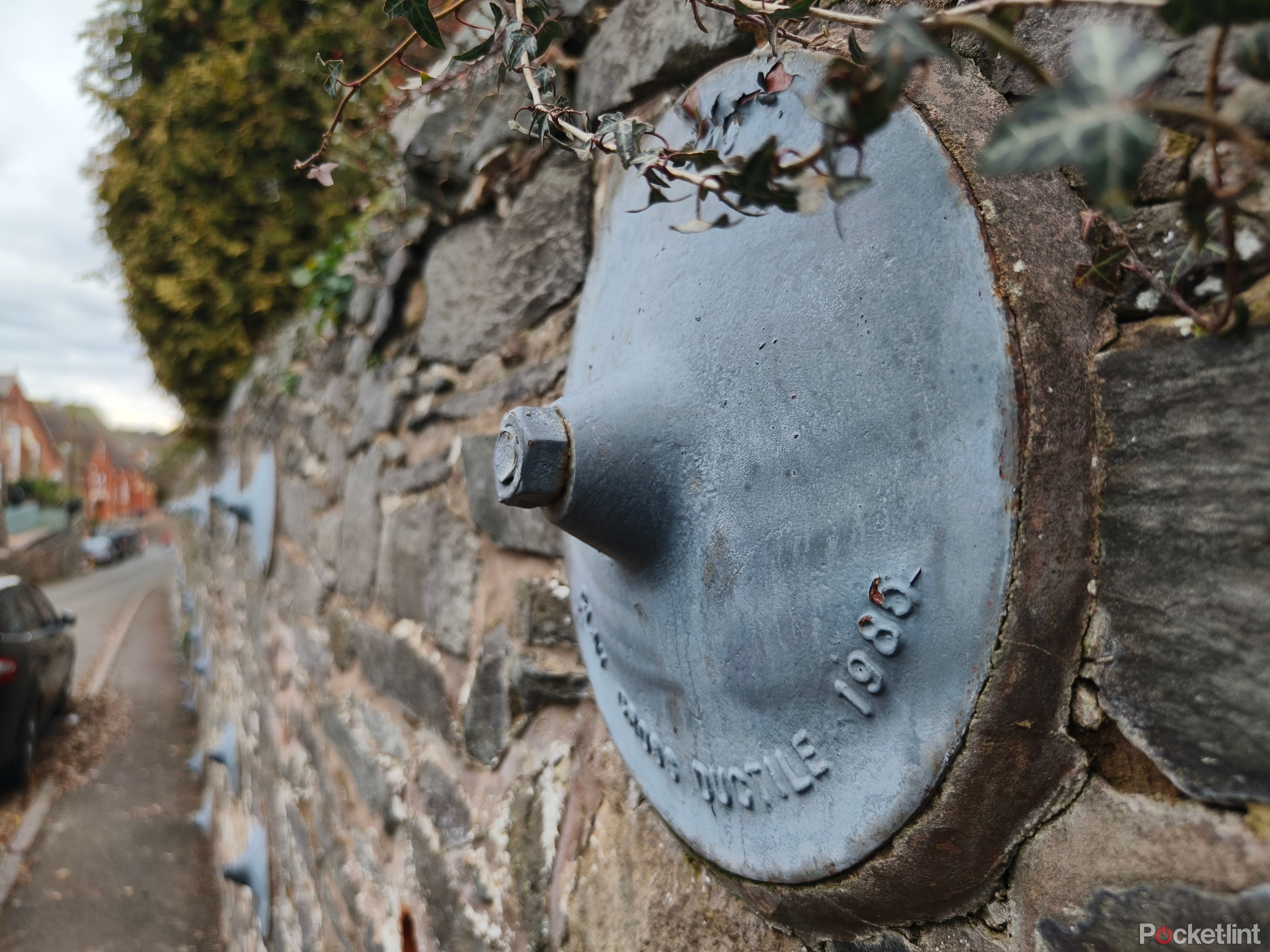
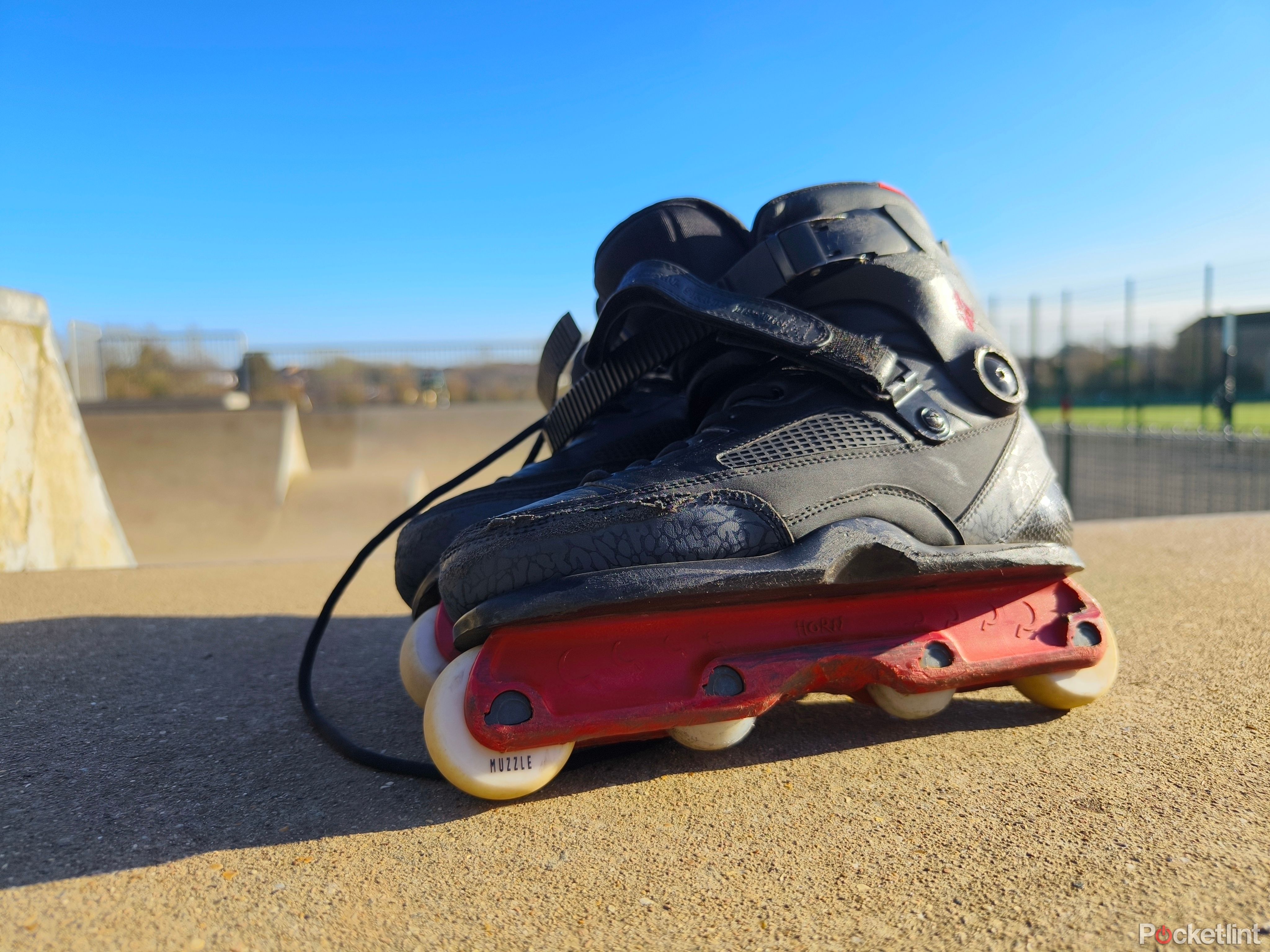
Adding to this effect is the whopping 1-inch sensor on the main camera. This huge sensor means that the camera can produce authentic bokeh, the likes of which we've never seen from a smartphone. The results were so impressive that we had to double-check that we weren't shooting in portrait mode by accident.
Of course, this isn't always ideal, sometimes you want a pin-sharp image with a wide focal plane, and the lack of an adjustable aperture means that the primary camera could be less than ideal for group photos.
The massive sensor helps with low-light photography, allowing you to take shots in very dark situations with shorter exposure times, reducing unwanted motion blur. We still used night mode for most of our low-light shots, but we didn't have to wait as long, which is always nice.

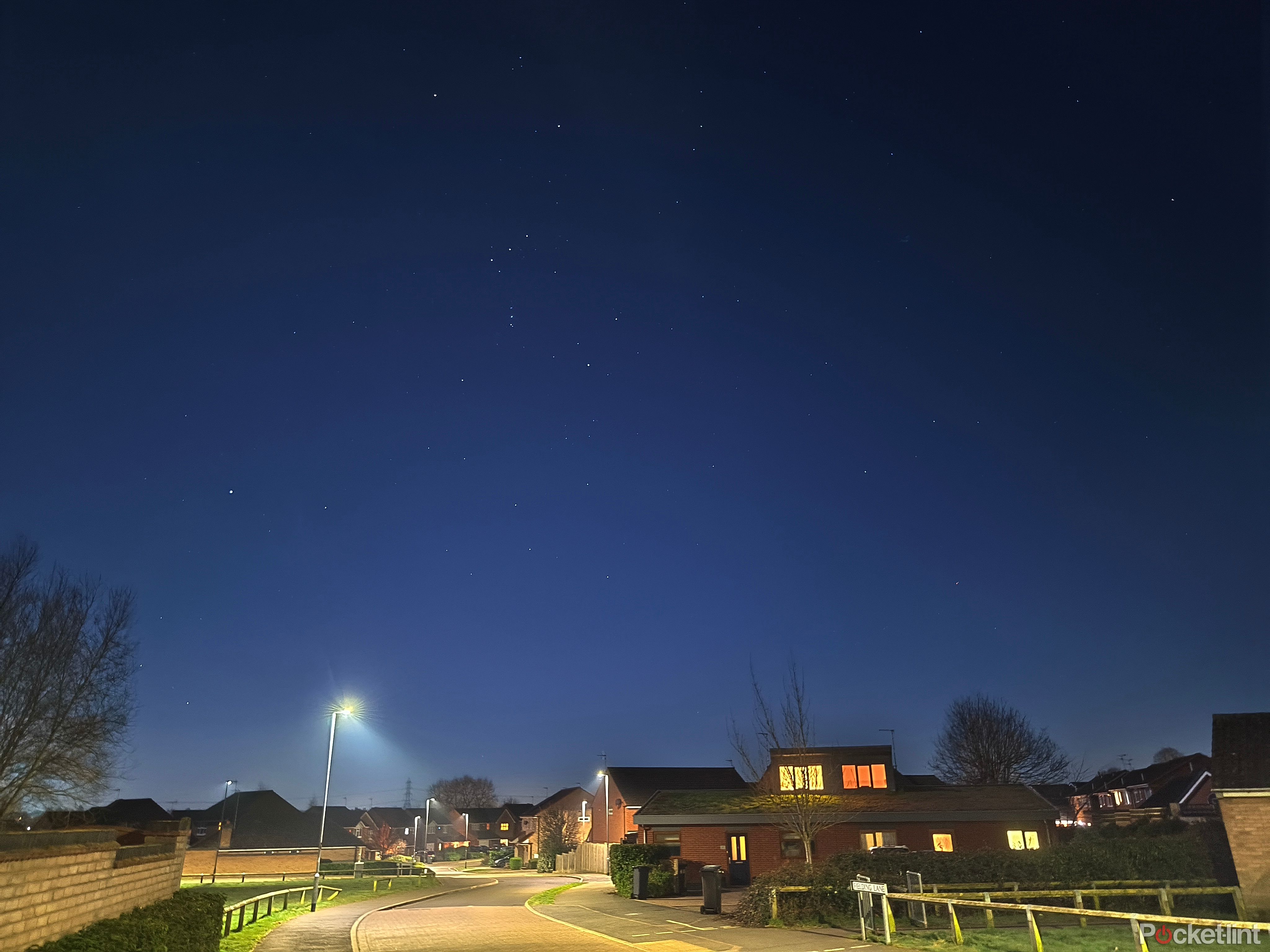
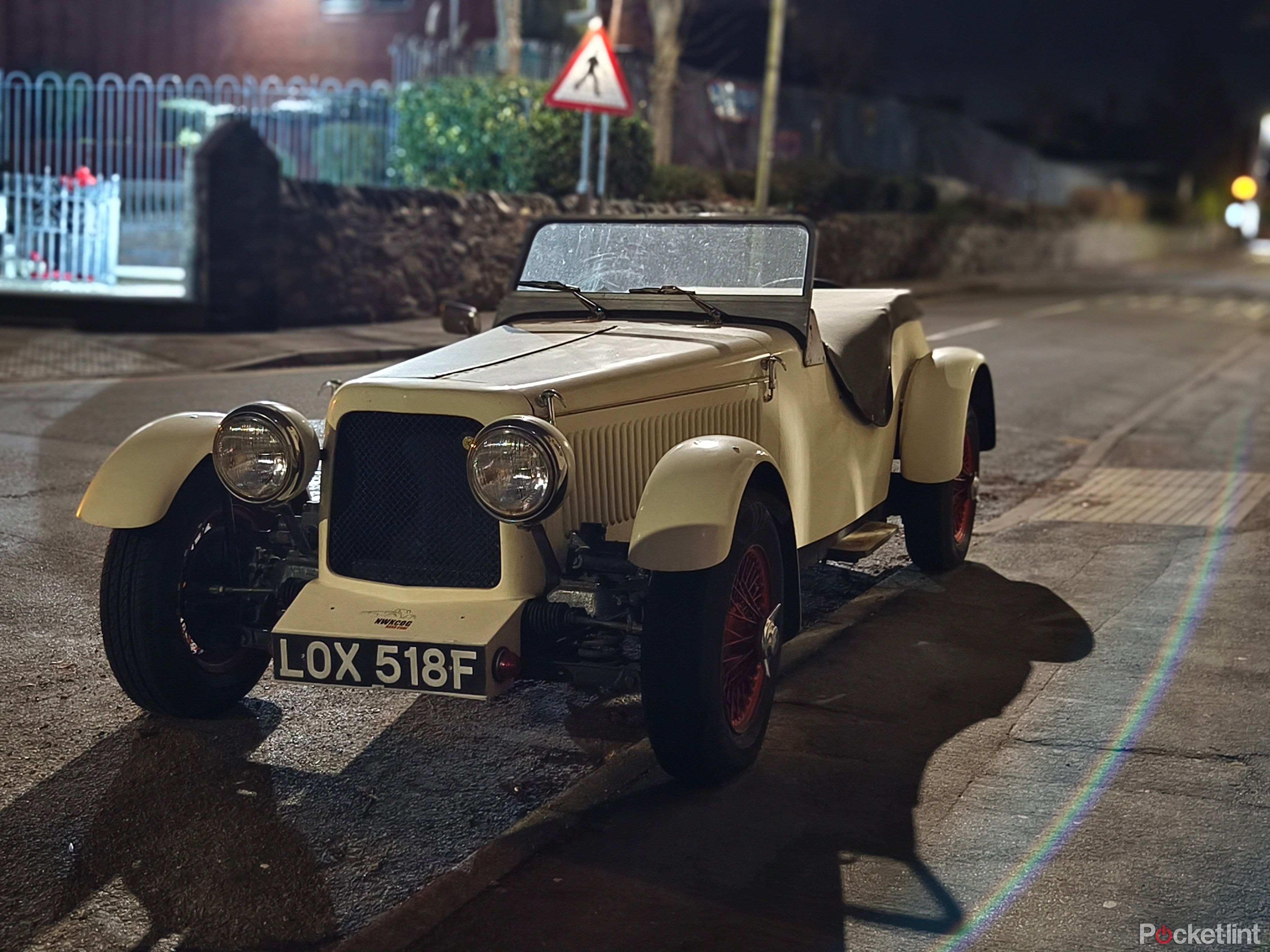
The Vivo X90 Pro also has a handheld Astro Photography mode, allowing you to take pictures of the stars without the need for a tripod. We love this feature and found ourselves using it quite frequently on clear evenings, with great results. There's another mode called Supermoon, which retains the detail in the moon during long-exposure night shots, and this also works really well.
There's a good level of consistency between the cameras, and the colours match much better than we're used to seeing. We did notice that the wide-angle and 2X bump up the HDR processing a little, though, which can lead to colour shifting, particularly on cloudy days.
The 2X telephoto, marketed as the portrait lens, is very good, but not on the level of the main sensor. We typically found ourselves sticking with the primary and just moving closer when we wanted a close-up, as the reach isn't too dramatic.
We can't help but lust after the 90mm equivalent telephoto on the X90 Pro+, which is a much more useful focal length, for us at least. On the X90 Pro, you're stuck with digital zoom for anything over 2X, and it starts to look very muddy after about 3.5X zoom.
The wide-angle is the weakest of the trio, being only 12MP, but it's still useful and capable of good results. It also pulls double-duty as a macro camera, and by default, if you try to get too close with the main camera, it'll automatically switch over to capture all the little details.
Finally, the selfie camera is also very strong, with similar specifications and results to the one on the Vivo V25 Pro that impressed us last year. The only thing it lacks comparatively is autofocus, but the fixed focus on this model didn't present much of an issue during our testing.
Verdict
The Vivo X90 Pro is an impressive phone in every regard - it has a lovely design, fantastic performance, solid battery life, super-fast charging and one of the most impressive cameras that we've ever tested.
Really, the only thing we don't like is the amount of bloatware that comes bundled into Funtouch OS. Most of this can be removed, or hidden in the app drawer and mostly forgotten about, but it would be nice to not have to go through the hassle.
Another hang-up is the pricing, as it stands we don't know the recommended retail price for the UK and Europe. The phone is coming to Malaysia first, and there it'll cost 4,999 MYR (about €1077) so it certainly won't be cheap.
That mean's you'll likely be able to pick up a photographic performer like the Pixel 7 Pro for significantly less money. But will its photos wow you as often as the photos from the X90 Pro? We're not so sure.

